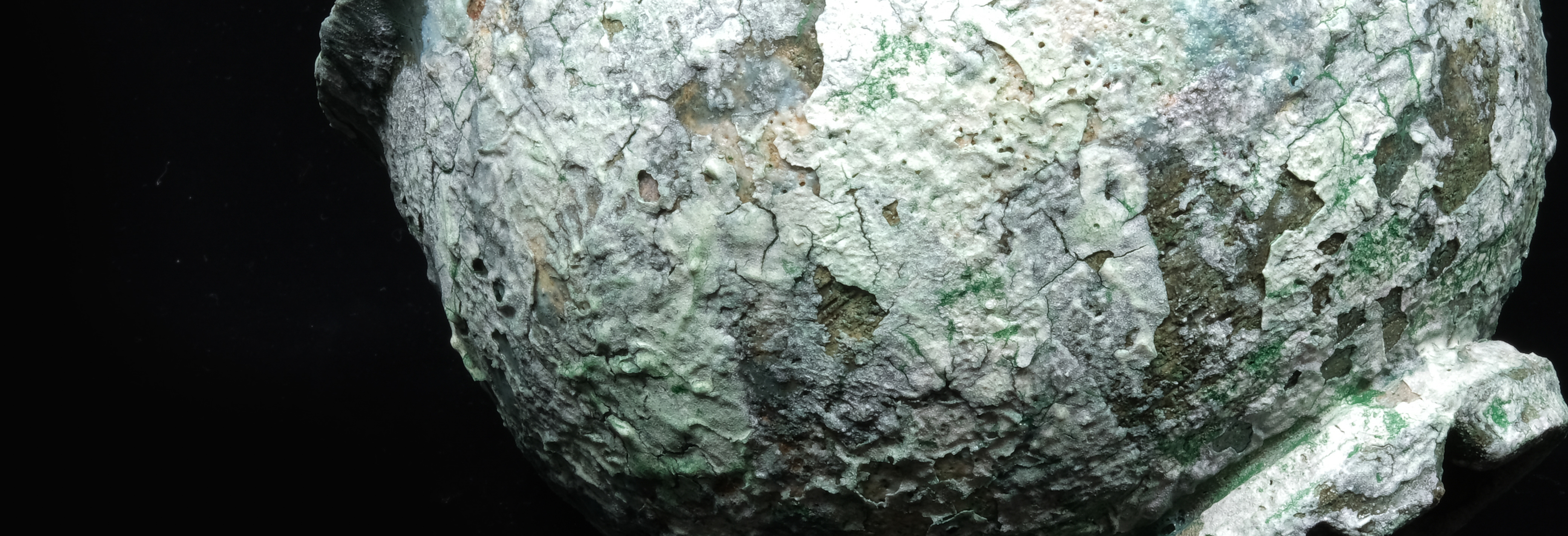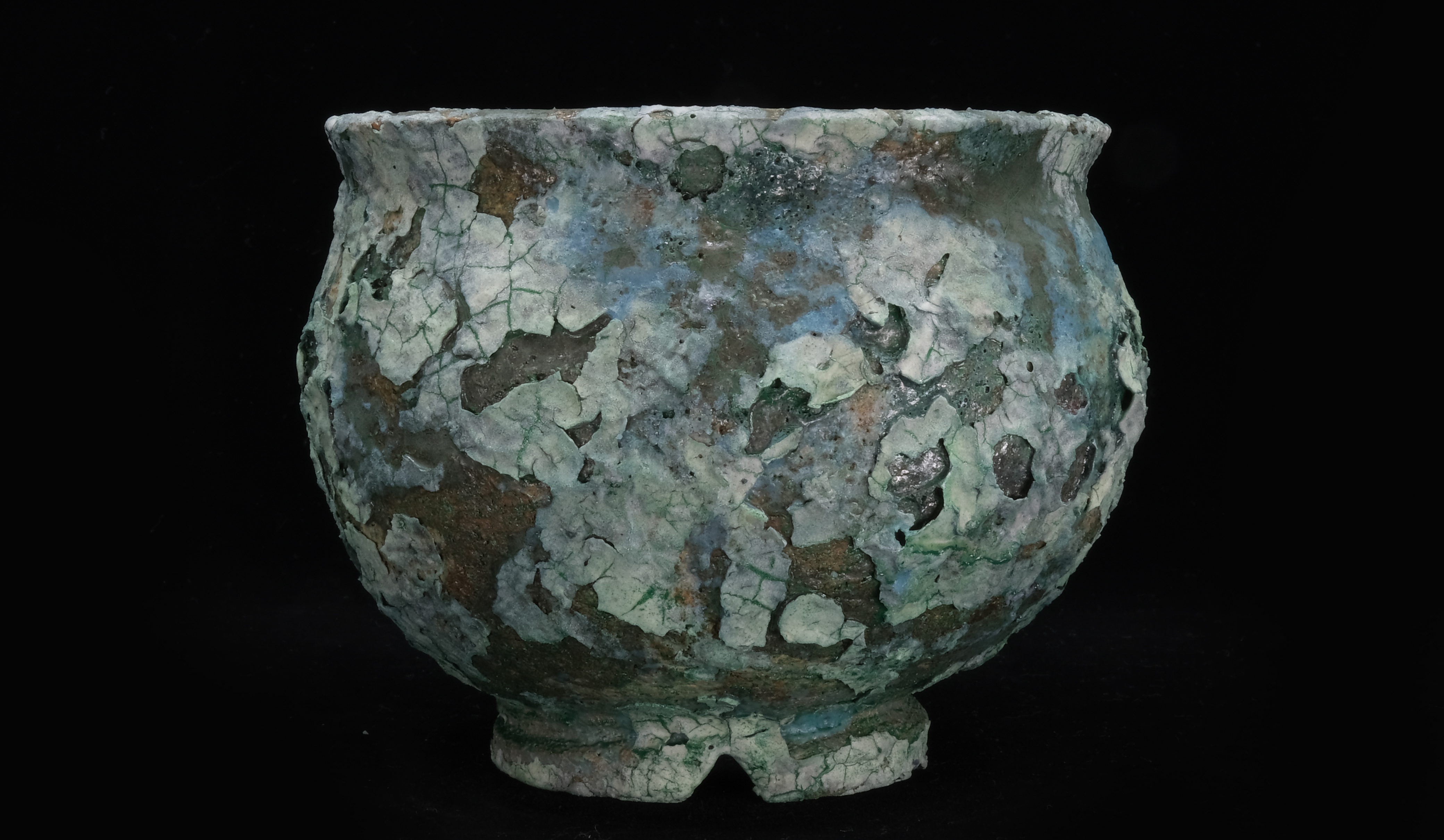
Interview with ceramic artist Keisuke Habe (Toshima-ku, Tokyo)
Share
Please tell us how you first encountered pottery.
Up until a few years ago, I had no connection to pottery at all. I studied spatial design at an art university and got a job at a spatial design office.
When I was 27 years old and working as a designer, I was involved in interior design. I was involved in large-scale designs such as spaces and large stores, but I was beginning to feel a little frustrated because I couldn't pay attention to the details by myself. When I was working and hoping to become independent someday, I wanted to broaden my horizons as a designer, so I started attending pottery classes to learn about materials, and that's how I encountered pottery.
It was my first time touching clay. I was moved by the feeling of kneading clay. Unlike my previous work, which ended with design, I was immediately fascinated by pottery, which allows you to complete everything from design to shaping. I was looking for a place where I could learn immediately, and took the entrance exam for the nearest Kasama Ceramic Art College. I passed and enrolled as a first-year student, and for two years I was immersed in pottery.
As it is a school with government involvement, the facilities and location are very good, and I was very satisfied with my two years there. Only about 10 students are admitted per year, each student has their own potter's wheel, they can use as much clay as they want, they can fire as much as they want, and the tuition is about 100,000 yen per year. If you are aiming to become a potter, please check it out.
After graduating, I set up a small electric kiln in a room in my parents' house in Suginami Ward and started making goblets and vases made from plastic bottles. I moved around, renting a house with a friend, and now I make pottery in Ikebukuro. I've been making pottery for about five years. My first solo exhibition as a ceramicist was at a gallery in Mejiro. I made objects such as Kewpie, bears, and frogs, and an acquaintance of mine gave me his electric kiln for cheap. I started making flower pots about two years ago.

Please tell me the process of making pottery.
The clay I use varies depending on the piece, but in most cases I use a rough, light white clay called lot, which I shape on an electric potter's wheel.
The shaped vessel is dried and then carved. After carving, it is lightly tapped or pressed with a stone or something similar to create slight irregularities on the surface, and then left to dry. After drying, it is coated with decorative clay and bisque fired.
After bisque firing, it's time to glaze. Depending on the piece, about 6 to 7 types of glaze are carefully applied with a brush or sponge. The glazes are applied in layers, sometimes multiple layers, sometimes none, while calculating the amount of glaze applied to create a complex yet natural look.
During this process, the glaze peels off due to the difference in quality between the glaze applied underneath and the glaze applied on top, resulting in unevenness, cracks, lines, and craters. This is a style that I would like you to take a look at. The peeling can be complicated, and in some places it is controlled so that it does not peel at all.
I think I mostly use glazes that give off a green color, such as Oribe, chrome, cobalt, copper, etc. Depending on the piece, I also use gold leaf.
After glazing, the piece moves on to the final firing. We use an electric kiln, raising the temperature to 1250℃ and firing the piece at least twice, so including the bisque firing, the piece is fired at least three times.
After the second firing, gold may be added and the piece may be fired again, or a coat of paint may be applied and the piece may be fired again. After the second firing, the piece may be fired again without any glaze, just to bring out the astringency.
My favorite part is taking it out of the kiln.
I never know what my work will be like, so it's always fun to encounter something new.

About the work
I love ruins so much that the only trip I've ever taken overseas was to Angkor Wat in Cambodia, and I also went to the nearby Ta Prohm ruins (the filming location for Tomb Raider, starring Angelina Jolie).
Also, I feel a sense of romance in historical and aging elements such as the moss on shrines and temples, the rust on metal, and the verdigris on bronze, which seem to have been there for a long time. I feel a sense of ancient romance in the atmosphere where nature and man-made objects are mixed. It is difficult to create a withered look with metal, and I felt that this can only be expressed with pottery, which resonated with me perfectly.
Pottery that will likely never change shape.
I like to create ceramic pieces that express the changes that occur over time.
I incorporate the flow of time into my work in this way, and I think that in the future I could broaden my scope by incorporating elements of the sea as well as land, so I have begun to do so.

OMBLE: Thank you for reading to the end.
Mr. Habe, thank you for taking the time to explain things to me many times until I understood them.
I also use Namibe's works, which are overflowing with his unique worldview.
I'm also looking forward to the new challenges you'll be taking on!
